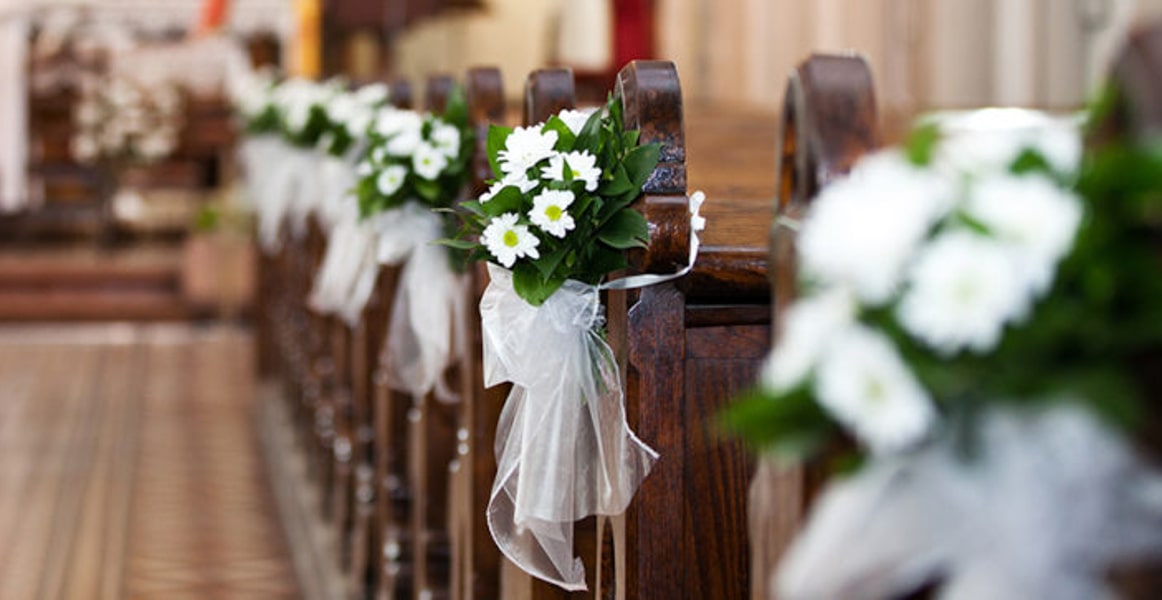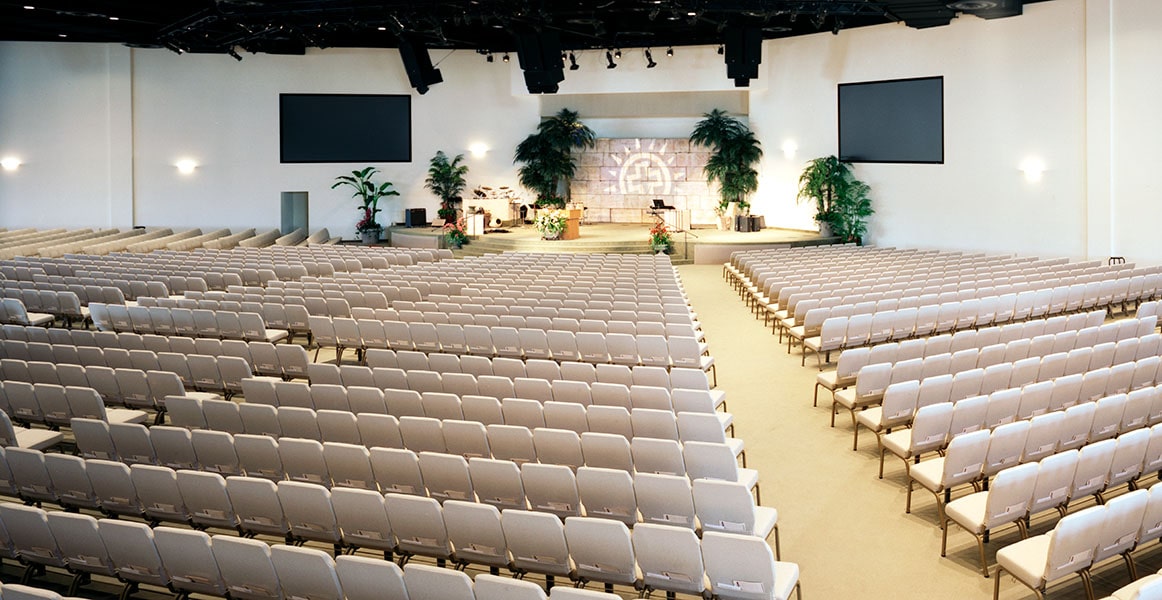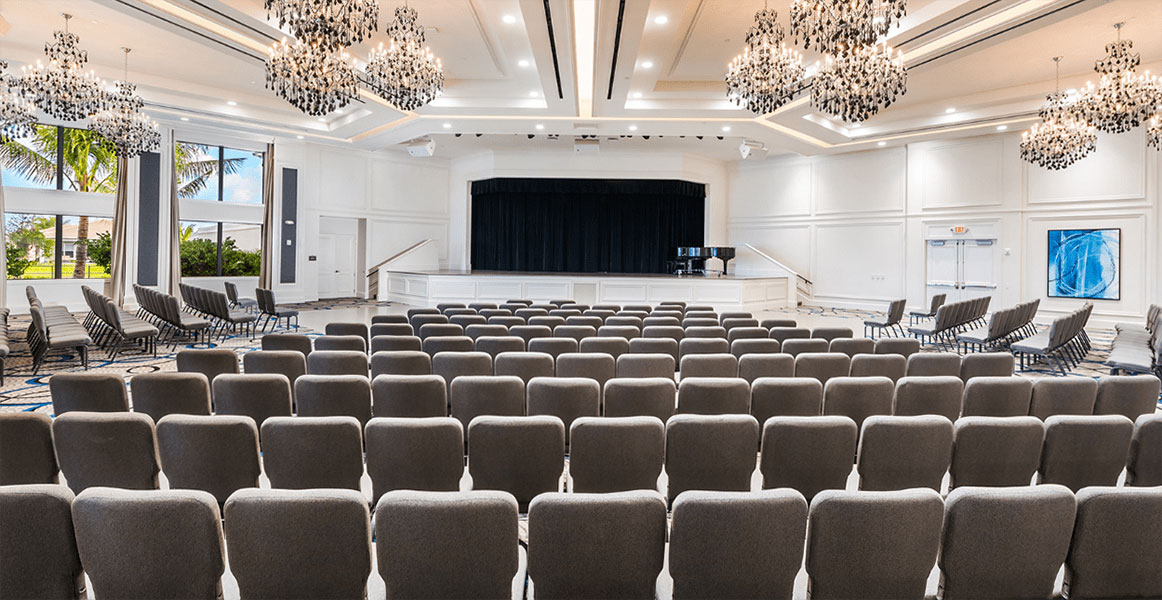Consejos inteligentes sobre asientos: lo que se debe y no se debe hacer al sentar a los invitados a la boda
A la hora de planificar una boda, hay muchísimas reglas, pero pocas son inquebrantables. Aunque muchas tradiciones nupciales han quedado en el olvido, hay algunos principios básicos que se han convertido en consideraciones importantes. Otros están anticuados y conviene evitarlos.
Asientos estrictamente por familia: No
Existe una vieja regla que establece que la familia y los amigos de la novia se sienten en un lado de la iglesia (y en un lado del salón durante la cena de bodas) y la familia y los amigos del novio en el otro. Sin embargo, esto puede generar una distribución de asientos desequilibrada y colocar a los familiares divorciados incómodamente cerca. También puede generar drama y confusión en las bodas entre personas del mismo sexo.
Afortunadamente, la estricta división familiar de asientos está pasando de moda en la planificación de bodas. Esto permite que cada invitado personalice sus preferencias de asientos según sus circunstancias particulares.
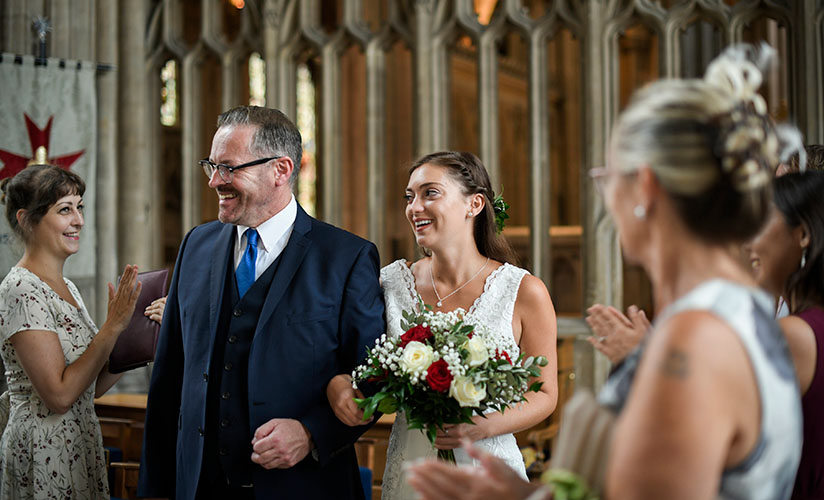
Buenas vistas para todos: Sí
Ya sea que la boda se celebre en un interior o al aire libre, es importante asegurarse de que todos tengan una vista despejada. Las sillas deben estar orientadas hacia el frente, o hacia donde se encuentren los novios. Asegúrese de que los asientos de los invitados estén colocados con cuidado para evitar posibles obstrucciones, como columnas o decoraciones, y de que la iluminación sea adecuada para que todos los invitados puedan ver bien.
Deje suficiente espacio para sillas de ruedas y otros dispositivos de movilidad y asegúrese de que los asientos de las sillas de ruedas ofrezcan una buena vista.
Asientos reservados para la fiesta de bodas: Sí
Una tradición que se ha mantenido popular es reservar asientos frente a la sala para familiares cercanos u otros invitados de honor. Padres, hermanos, abuelos, tías, tíos, primos, hermanastros y otros amigos y familiares cercanos se sentarán en las dos primeras filas de la iglesia (o más, si es necesario).
Las damas de honor, los padrinos y demás miembros de la fiesta de bodas también se sentarán cerca del frente o, en ocasiones, permanecerán de pie durante la ceremonia. La dinámica familiar individual debe primar sobre la tradición (por ejemplo, los padres divorciados pueden sentarse en filas separadas, si les resulta más cómodo).
Muchas personas decoran las dos primeras filas con flores o cintas para marcarlas como reservadas, lo cual es importante ya que algunos de los invitados a la fiesta de bodas entrarán con la novia o el novio y necesitarán un asiento reservado. Otros invitados a la boda se sientan detrás de las filas reservadas.
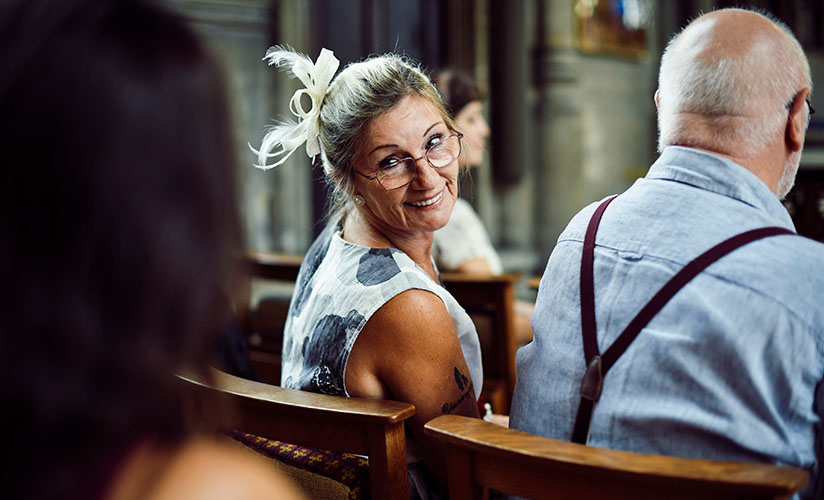
Sentar a todos los huéspedes individuales juntos: No
Si está creando un plano de asientos para la recepción o cena de boda, algunos invitados serán parejas y otros solteros. Quizás parezca más fácil reunir a todas las parejas en las mesas y a todos los solteros juntos. Sin embargo, los planos de asientos que dividen a los invitados según su estado civil son una falta de etiqueta. Pueden llamar la atención sobre el estado civil de sus invitados solteros. Combine solteros y parejas en el montaje de su boda o en el plano de asientos para una reunión más inclusiva.
Mesa principal: Sí
En las cenas de boda, las reglas para sentarse generalmente siguen las mismas disposiciones que para la ceremonia. El cortejo de bodas, los familiares directos y los invitados de honor se sientan más cerca de la pareja, a menudo en una mesa principal. Las mesas redondas no suelen tener capacidad para más de ocho comensales, por lo que a veces se utiliza una mesa rectangular larga (compuesta por varias mesas colocadas de extremo a extremo). Sin embargo, como el formato de mesa larga no permite mucha conversación entre los invitados, las tradicionales mesas redondas también son populares, en el entendido de que no todos podrán sentarse en la mesa de los recién casados.
Utilice una aplicación de plano de asientos
Elaborar un plano de asientos para los invitados a la boda puede ser un desafío. Como iglesia anfitriona de la boda, es posible que las familias de los novios les pregunten cuál es la mejor manera de crear un plano de asientos. Aquí tienen tres recursos en línea que pueden recomendar o usar para crear un plano de asientos para bodas y cenas en la iglesia.
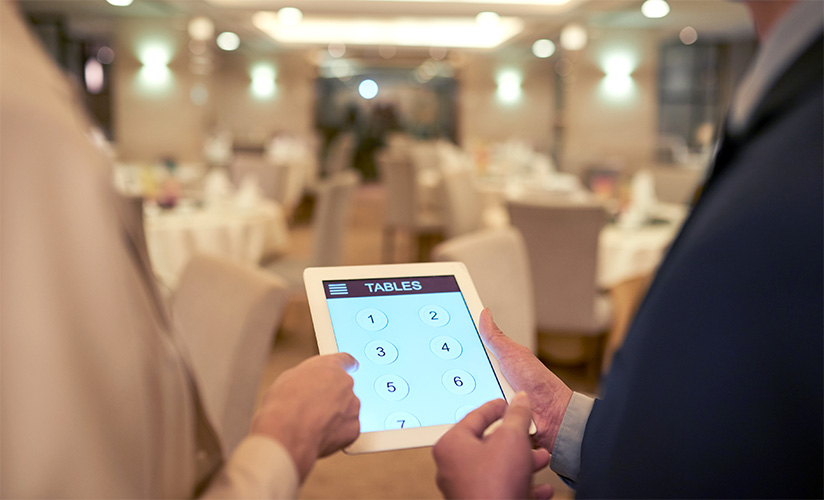
1. Todos sentados
Con Todos sentadosPuedes colaborar con otros para crear un plano completo durante la planificación de tu boda. El sitio web permite la visualización en 3D con una variedad de plantillas para elegir. Hay acceso a servicio al cliente 24/7 en caso de necesitar ayuda.
2. Planificador de mesa superior
Planificador de tablas superiores le permite mover mesas, agregar invitados y organizar decoraciones para planificar su evento. Incluso puedes importar archivos desde Word y Excel. Puede probar el sitio con una prueba gratuita de 7 días con devolución de dinero garantizada.
3. Bodas de Martha Stewart
Si está buscando excelentes consejos sobre la disposición tradicional de los asientos en la iglesia para planificar una boda, Bodas de Marta Stewart es el sitio web para ti. El sitio tiene muchos artículos sobre la disposición perfecta de los asientos y otros artículos útiles sobre las bodas tradicionales en la iglesia. Este sitio incluso proporciona procedimientos adecuados para la procesión y formaciones de pie.
Disposición de las sillas para la ceremonia de boda
Al planificar una boda en la iglesia, la disposición de las sillas juega un papel crucial para crear una experiencia significativa y memorable. Si bien los bancos tradicionales son comunes en muchas iglesias, los lugares que usan sillas individuales tienen la ventaja única de poder personalizar la disposición de los asientos según las preferencias de la pareja y el desarrollo de la ceremonia.
Una opción clásica es la disposición de pasillo central, donde las filas de sillas se alinean a ambos lados de un pasillo central. Esta disposición atemporal ofrece una entrada impactante para los novios y es ideal para procesiones y sesiones de fotos. Si el espacio lo permite, algunas iglesias optan por curvar ligeramente las filas para una sensación más íntima, lo que ayuda a los invitados a sentirse más cerca de la pareja y mejora la visibilidad durante la ceremonia.
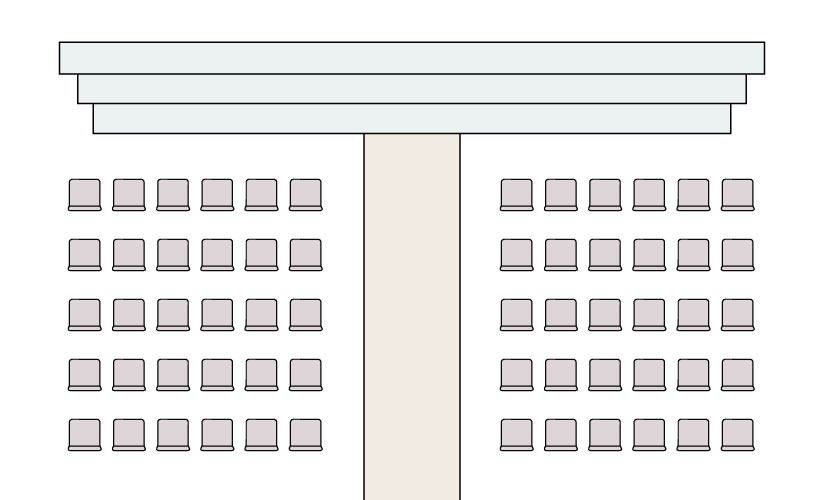
Para un enfoque más moderno o personal, las parejas pueden optar por una disposición en semicírculo o arco, que reúne a los invitados en un ambiente más inclusivo. Esta disposición fomenta un sentido de comunidad y centra la atención en el altar o el espacio de la ceremonia. Para bodas más pequeñas, una disposición en forma de U o herradura permite que familiares y amigos cercanos se sientan directamente involucrados, manteniendo un punto focal claro en el centro.
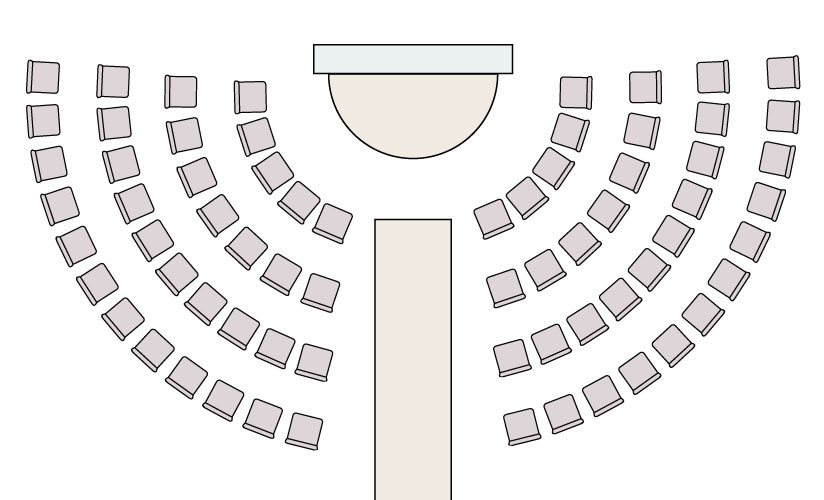
Independientemente de la distribución, es fundamental garantizar un espacio adecuado entre filas para mayor comodidad y accesibilidad, especialmente para invitados mayores o con movilidad reducida. Usar sillas cómodas y bien construidas también marca la diferencia: las bodas pueden ser largas, y los invitados agradecerán el apoyo. Una distribución adecuada equilibra belleza, practicidad y un ambiente de celebración sagrada, haciendo que la ceremonia se sienta especial y fluida.
Tipos de sillas de boda
Al planificar una boda en la iglesia sin bancos tradicionales, el tipo de silla que elija puede influir significativamente en el ambiente y la comodidad de los invitados. Afortunadamente, existen varias opciones de sillas elegantes y prácticas que se adaptan al entorno sagrado y realzan la estética de la ceremonia.
Hay muchos estilos de sillas para elegir, desde estilos formales hasta cómodas sillas tapizadasElegir la silla adecuada para tu boda en la iglesia va más allá de la estética: también se trata de garantizar que los invitados se sientan bienvenidos, cómodos y parte de un momento sagrado.
